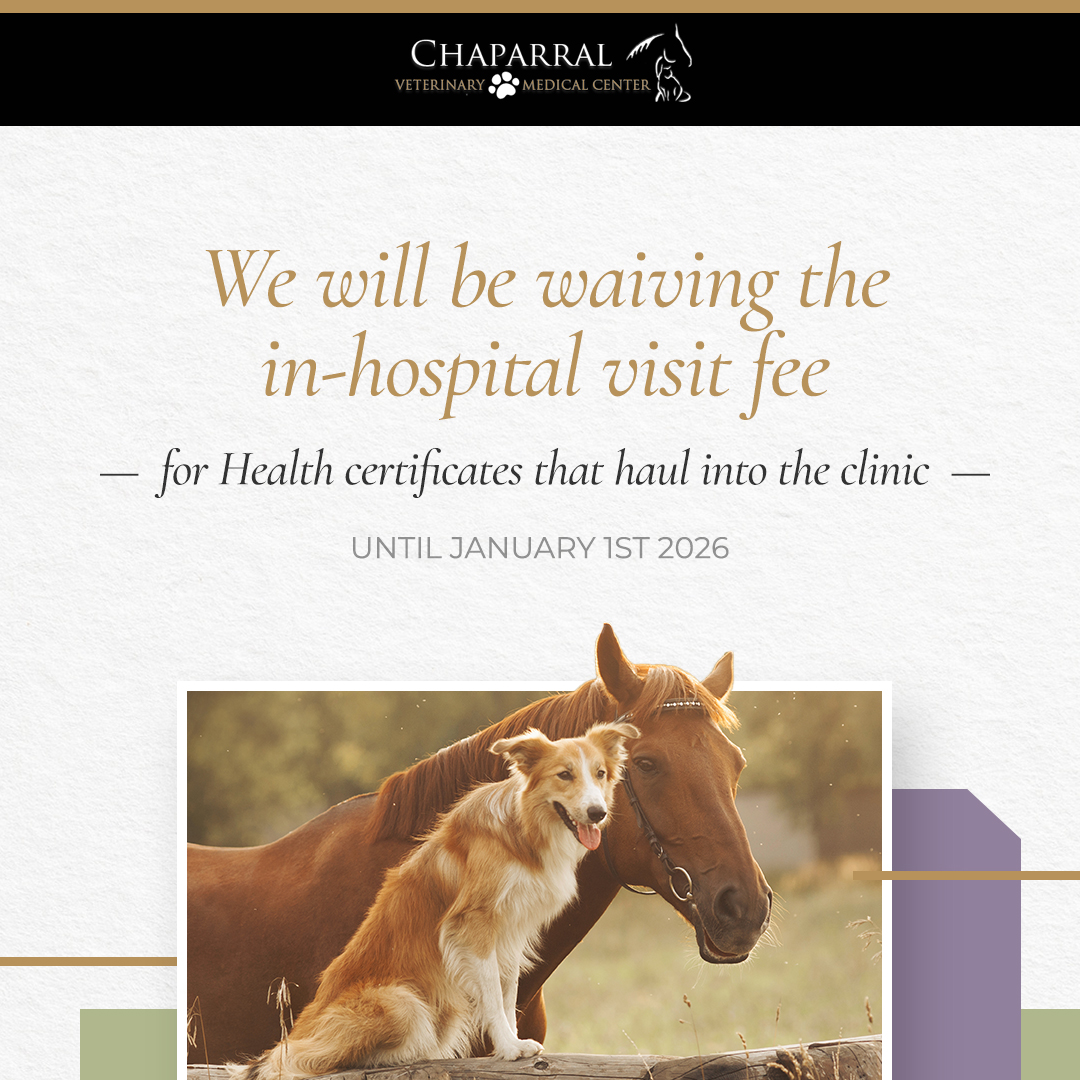Cave Creek, AZ 85331
What to Know About Arthroscopy in Horses

Arthroscopic surgery is a standard veterinary procedure accounting for a significant portion of surgical procedures performed on horses. It is a minimally invasive technique that allows veterinarians to evaluate joint surfaces and address irregularities. This approach is like keyhole surgery in humans.
Research shows that most bone chips in horses' joints result from repetitive injury to the cartilage rather than a single acute episode. The cartilage is a shock-absorbing tissue that covers the bone within a joint.
Over time, damage can cause it to harden, causing the bone beneath it to become brittle, which leads to an increased risk of breaking. During an arthroscopic examination, the veterinary surgeon can assess the cartilage and provide a prognosis for future athletic activity based on the degree of damage to the articular surfaces.
What to Know About This Minimally Invasive Technique for Horses
Horses have a high activity level due to their frequent use in work and sports. That makes them more likely to sustain joint injuries. Equine veterinarians can diagnose and treat joint conditions using arthroscopy.
What Is Equine Arthroscopy?
Equine arthroscopy, or horse arthroscopy, is a surgical procedure. It uses a specialized camera and small incisions to see inside a horse's joints. Its purpose is to diagnose any issues that horses may have with them. Depending on the case's complexity, the surgery occurs while the horse is asleep. It usually lasts between 30 minutes and two hours.
An equine veterinarian inserts a tiny camera called an arthroscope into the joint through small incisions in the horse's skin. The vet can see the joint's structures up close because the camera transmits images of the joint to a screen. They can then assess the situation and address any issues. These may include:
Resolving rough areas
Removing bone fragments
Repairing torn ligaments or cartilage
Conditions Commonly Treated
This procedure is versatile and can help diagnose and treat many joint conditions in horses. Some of the most common conditions that it can treat include:
Osteochondrosis
Synovitis
Ligament and tendon injuries
Arthritis
Fractures
Benefits of Equine Arthroscopy
Equine arthroscopy has several advantages, including the following:
Minimally Invasive
Arthroscopy is a minimally invasive procedure that only requires a few tiny incisions. Compared to traditional open surgery, the horse experiences less pain, trauma, and recovery time.
Accurate Diagnosis
The veterinarian can make an accurate diagnosis and choose the best course of treatment thanks to the arthroscopy camera's clear and detailed view of the joint's structures.
Cost-effective
Horse arthroscopy requires less anesthesia, less time for surgery, and less postoperative care than traditional open surgery. Thus, it makes it more affordable to treat joint issues in horses.
Faster Recovery
Equine arthroscopy is a less invasive procedure than traditional open surgery. So, horses typically recover more quickly from the procedure. Many can return to their regular lives a few weeks after the procedure.
Conclusion
Equine arthroscopy is a useful diagnostic and therapeutic tool. It is a precise, economical, and minimally invasive procedure. Consult an equine arthroscopy-trained veterinarian if you suspect your horse has a joint issue to determine the best action.
For more on horse arthroscopy, contact Chaparral Veterinary Medical Center at our Cave Creek, Arizona office. Call 480-595-8600 to schedule an appointment today.













